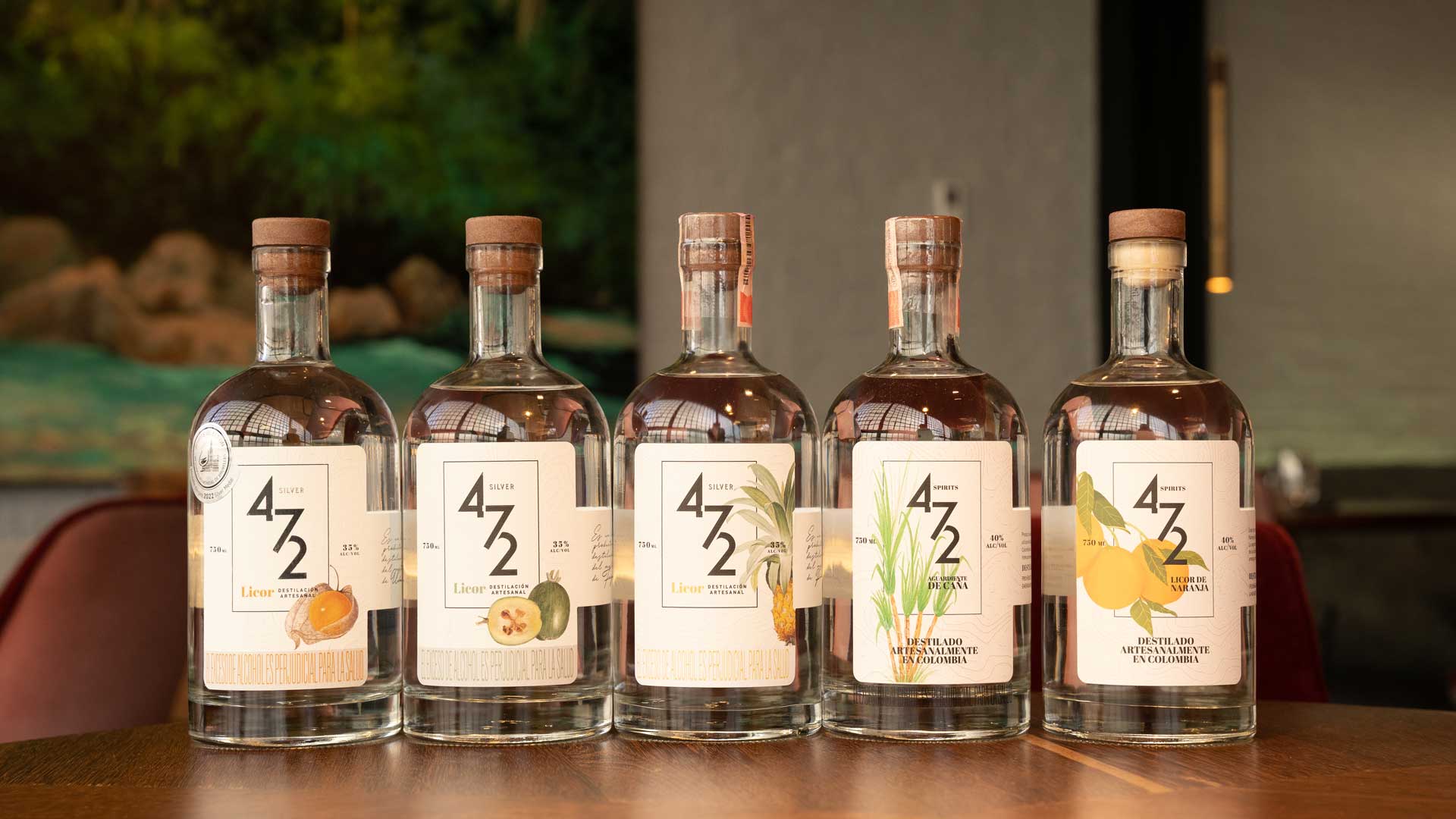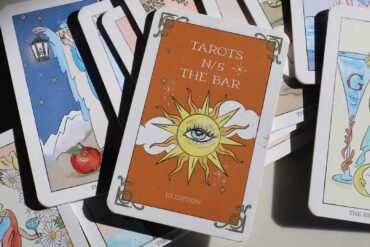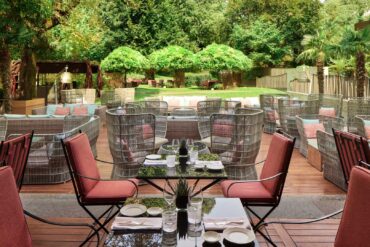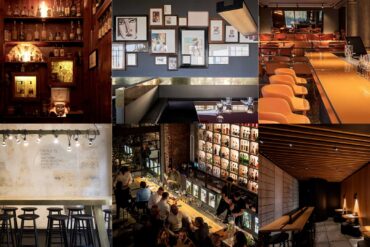The sun stands high over Finca El Paraíso, while the air is filled with the toasted aroma of arepas de huevo sizzling on the griddle. Just an hour and a half outside Bogotá, nestled in the orderly highlands of Guasca, in the department of Cundinamarca, this lush corner of Colombia is home to an artisan distillery that is making waves. Here, Luisa Rode, a third-generation distiller, welcomes her guests with a refreshing cocktail, ready to share the story behind her craft.
Luisa Rode’s Distillery 472 Celebrate The Country’s Biodiversity
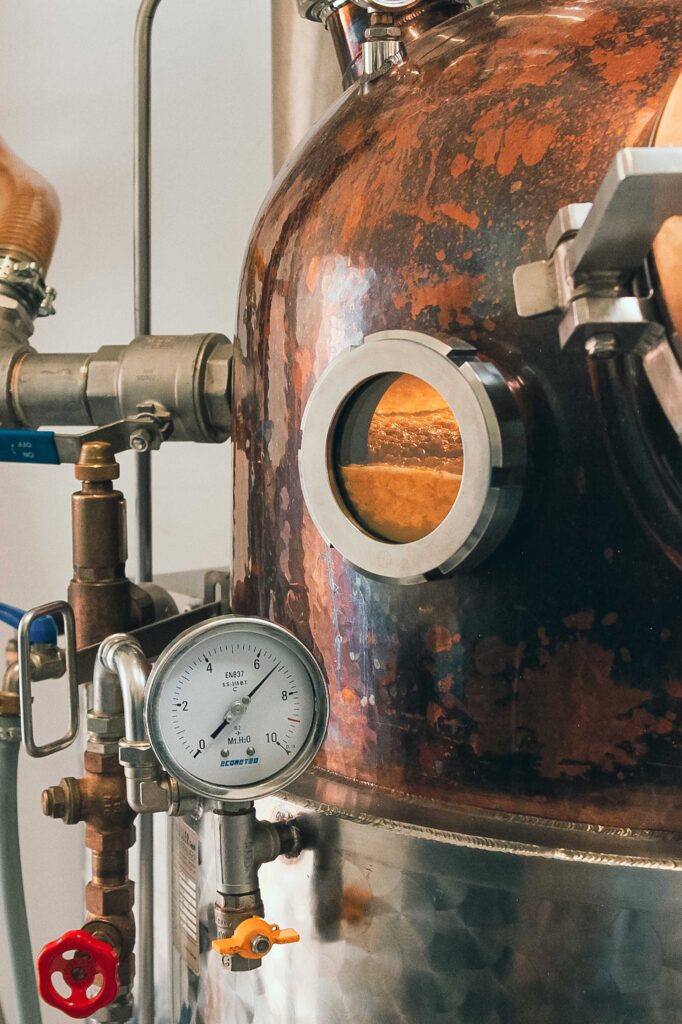
It all began with Walter Rode-Buchard, a German distiller who grew up watching his father produce fruit and potato spirits in their small Berlin farm. After spending years in Venezuela, he chose to settle in Colombia in 2012, where, alongside his daughter Luisa, he founded Distillery 472.
From the very beginning, their mission was clear: to celebrate the country’s biodiversity through the extraordinary variety of fruits that thrive in its landscapes — uchuva (goldenberry) and feijoa from the Andean region, pineapple and mango from the tropical lowlands. Working with raw materials rich in aromatic depth, and combining them with the pure waters of the Colombian Andes, the distillery crafts high quality eau de vie using a custom-built Müller pot still from Germany’s Black Forest, handcrafted by a family of master artisans. Every spirit is a tribute to its origin, with expressions like gin infused with juniper, guasca (galinsoga), yacón, Putumayo pepper, and other botanicals. Their latest creations include a sugarcane aguardiente and a vibrant orange liqueur, capturing the full spectrum of citrus aromas.
The Government Hurdle in Craft Spirits Production
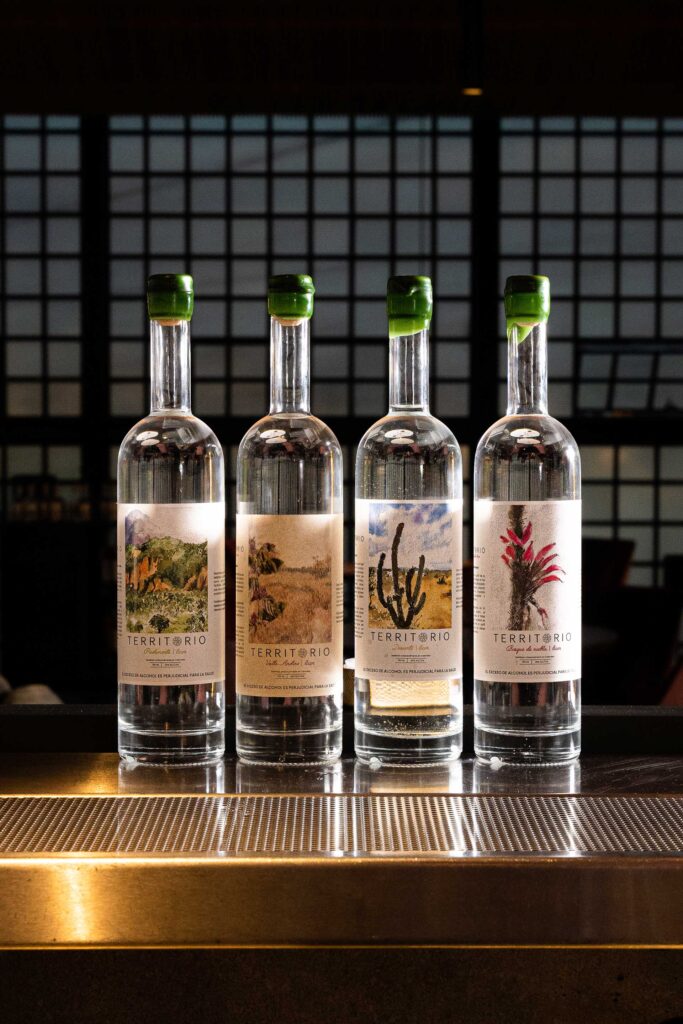
Initially, Distillery 472 was only allowed to export, with its bottles reaching Germany, Denmark, and the United States, as Colombia’s distillation industry had long been under a colonial-era monopoly. Until recently, the production and sale of alcoholic beverages were controlled by each department’s government, granting them exclusive distribution rights. This system stifled craft distilleries for decades, limiting the recognition of ancestral spirits.
However, a 2016 ruling by Colombia’s Constitutional Court overturned this model, requiring local administrations to establish a legal framework allowing independent producers to operate. Thanks to a bid from the Cundinamarca Department of Finance, local authorities had four years to comply, and by 2020, when the deadline expired, only eight distilleries had obtained licenses to legally produce and sell spirits — Distillery 472 was among them. Today, the distillery can finally share its creations with Colombian consumers, marking a turning point for the country’s artisan spirits movement.
Colombia in The Glass
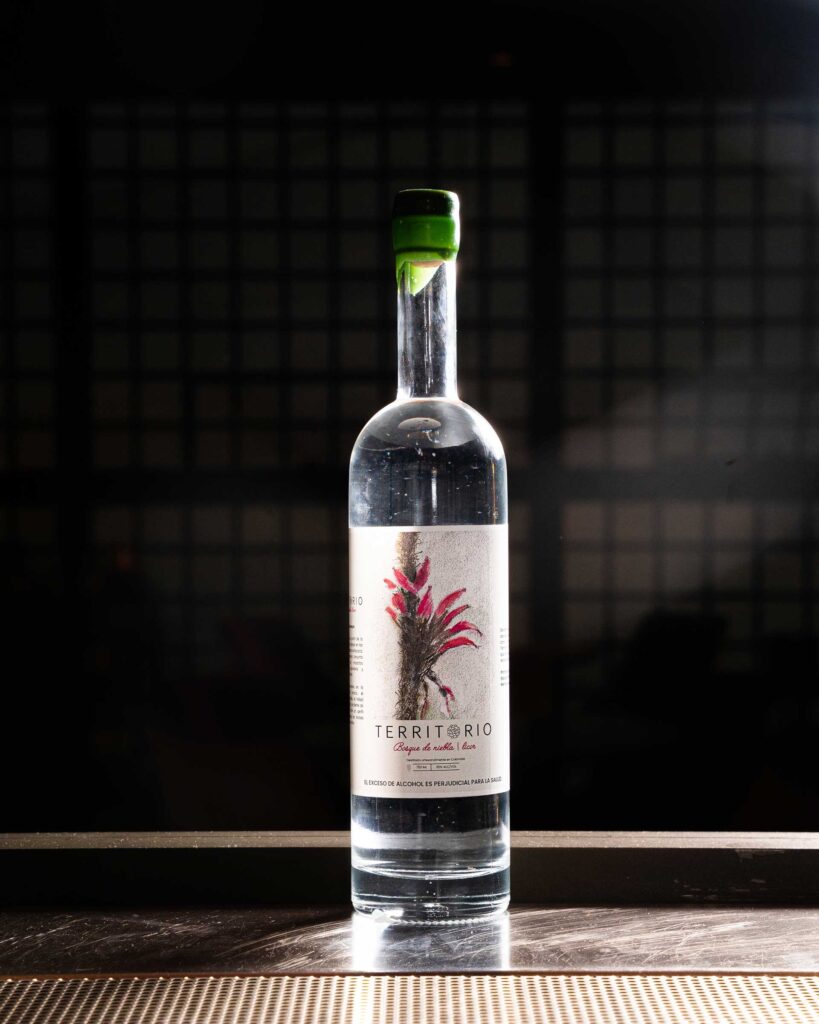
A key pillar of their philosophy is a commitment to sourcing ingredients from small-scale agricultural cooperatives and local farmers. This is particularly vital for sugarcane, which, under Colombian law, can only be distilled if cultivated through traditional, non-industrial methods. Among their most ambitious projects is Territorio, a collection of spirits born from a collaboration with Laura Hernández Espinosa, sommelier and founder of La Sala de Laura, in partnership with the Universidad de los Andes. The goal is to reclaim forgotten ingredients and craft unprecedented spirits — bottling the essence of Colombia’s landscapes by distilling the unique terroir of the Páramo, the Piedemonte, and the desert into sensory experiences, one sip at a time.
The spirits of Distillery 472
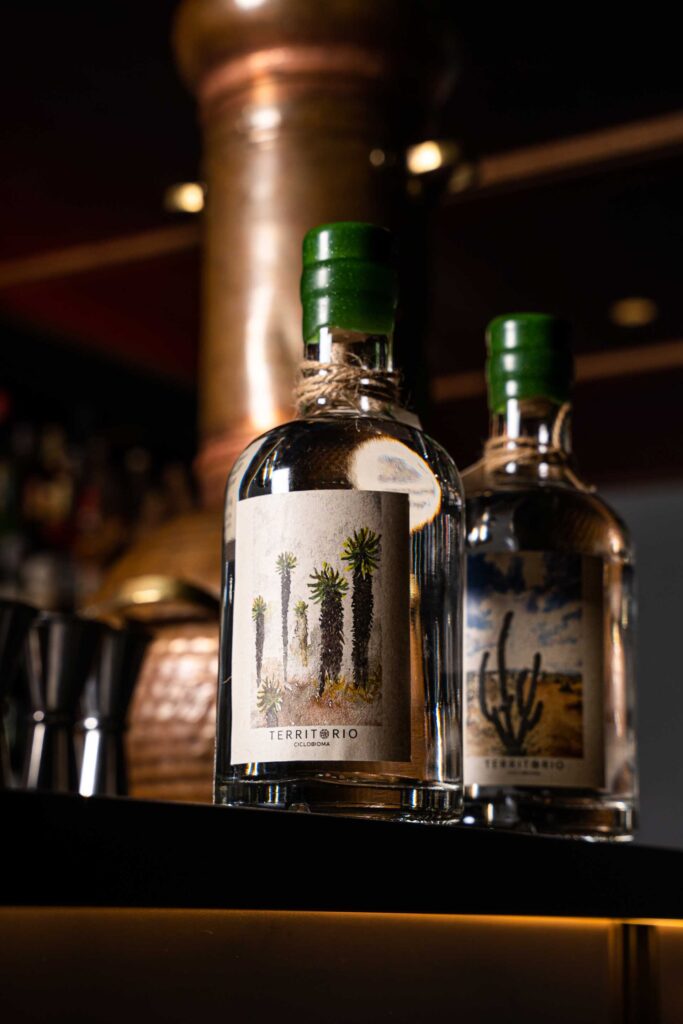
Páramo, for instance, is inspired by high-altitude ecosystems above 4,000 meters, where cloud forests nurture rivers and lagoons, and where frailejones — towering plants that absorb and release water — play a crucial role in hydrological cycles. This distillate incorporates two endemic plants of the region, bay laurel and Andean rosemary, which bear little resemblance to their Mediterranean counterparts.
Desierto is crafted from the same variety of prickly pear found in Sicily, distilled without its peel to eliminate any unwanted vegetal notes. Montaña offers floral and fruity notes, highlighting various species of passiflora, while Piedemonte stands as perhaps the most deeply Colombian of all — capturing the intersection of Andean highlands and the Amazon rainforest with coca leaves and cacao husks from La Macarena, a region once marked by conflict and now in a phase of cultural and agricultural rebirth.
Today, Luisa Rode’s distillery is among the few truly independent producers of high-quality spirits in Colombia, upholding a commitment to both the land and the communities that sustain it. Her challenge is to grow without compromise, preserving the country’s most authentic flavors and sharing them with the world through mixology, in close collaboration with La Sala de Laura.
The article first appeared on Coqtail – for fine drinkers. Order your copy here
Images courtesy Distillery 472 and La Sala de Laura


